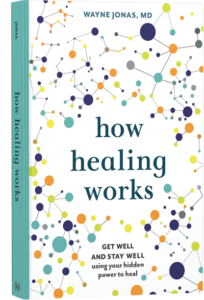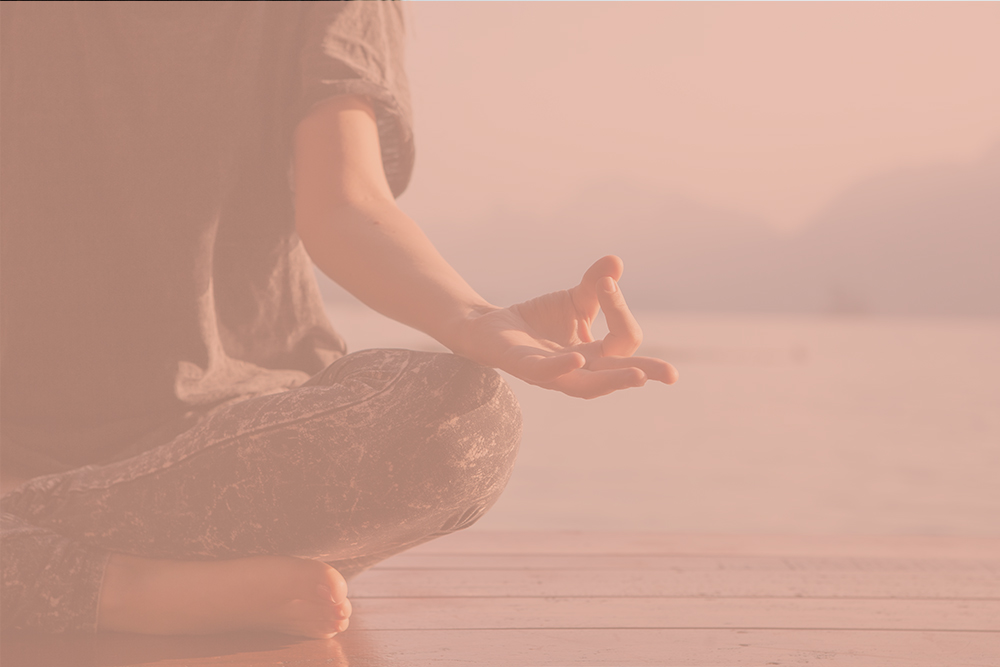Mindfulness-based stress reduction is a popular type of meditation that helps you access and build your natural capacity to actively engage in caring for yourself and find greater balance, ease, and peace of mind. Meditation helps improve general well being and quality of life as well as bring clarity and concentration to any patient going through cancer treatment. Take it from the people that have experienced the benefits first hand like cancer survivor, Jenny Leyh:
Stress is bad for your health. It not only has an effect on your emotional wellbeing, but it also impacts you physically. Too much stress or how we respond to it can manifest in the form of heart disease, high blood pressure, diabetes, and obesity. What most people don’t know is that there is an almond-shaped area of the brain that responds specifically to stress. It’s called the amygdala and in high-stress situations, the amygdala increases in size.
While there are many ways to treat stress, researchers are examining ways in which meditation can impact stress and how people deal with stressful situations.
We all experience stress, but for those who have gone through cancer or other serious illnesses, stress is both an acute and chronic presence. Flaring up around procedures and treatment, and lingering long after. As a cancer survivor I found the stresses of daily life only intensified after my diagnosis and it has escalated since my chemotherapy ended last fall. Even though I have been declared “no evidence of disease,” the thought of recurrence is always in the back of my mind.
I wanted to seek out new ways of overcoming my anxieties surrounding my fear of recurrence. In addition to therapy and support groups, I went outside of my medical team in search of new methods of quieting the mind.
Sara Lazar, Ph.D., is a neuroscientist at Harvard University. Following a sports injury, Lazar began to practice yoga, which she viewed as nothing more than “a good stretch.” But the practice—specifically the meditation portion—had a profound impact on her.
“The way I processed information changed so I knew that something about my brain had changed,” said Lazar. “And for me it was more of a question of what changed, and how, and how is this happening? It was about identifying the regions [of the brain affected] and trying to understand the process.”
In 2011, Lazar found that the size of the amygdala actually decreased in participants who underwent an eight-week meditation-based stress reduction program.
“That’s the part of the brain connected to emotional reactivity,” said Lazar. “Furthermore, the change in the amygdala correlated with the change in stress.”
Over the course of the program, Lazar and her team monitored participants’ brains via MRI. The technology—much like a camera, Lazar explained—was able to focus in on various regions of the brain and offer the scientists a more detailed view of the changes that were occurring as a result of the meditation practice.
“We are looking at the brain in different ways. Initially, we were just looking at gray matter and now we’re also looking at white matter. It’s sort of a giant puzzle, and each part is a different piece of the puzzle.”
Like Lazar, my experiences with meditation started out on the yoga mat. I had always enjoyed the calmness of the “cool down” period that I experienced during savasana. But when the stress of caring for a newborn while also battling breast cancer began to overwhelm me, I sought out something more to quiet my mind.
Once widely relegated to the fringes of alternative practices, meditation is gaining popularity—and scientific backing—as a legitimate alternative to medication for reducing stress.
Herbert Benson, MD, founder of Harvard’s Mind/Body Institute, has conducted numerous studies showing that patients’ overall health improved when meditation was introduced into their routines—especially those who suffered from hypertension. He even coined the term “relaxation response” as a way to demystify patients who dismissed meditation as a fringe practice.
Officially no longer on the fringe, meditation has found a home in hospitals, community centers, schools, and even daycare centers. One reason for its rise in popularity is because the practice of meditation is so accessible and really very simple. Anyone can do it, and there’s no wrong way of doing it. Once it becomes routine, its benefits seep into your very core.
“It’s not just about stress reduction. It’s also about building resilience and mental fitness. Think of it as exercising a mind muscle, and the type of muscle you are trying to build is the called the parasympathetic part of the brain,” said Wayne Jonas, MD, author of How Healing Works. “You’re trying to build up specific parts of the brain with mental exercise involved in the relaxation response. When those parts are strong you can rapidly engage them in a healing response and use them to enhance recovery processes. These are the part of the brain also involved cleansing and detoxification, sleep and digestion. You are strengthening both your brain and body’s ability to heal and function.”
There are many methods available to exercise the relaxation response part of the brain. These include mindfulness, heart rate or brainwave biofeedback, imagery, hypnosis, breathwork, prayer and others.
Mindfulness-Based Stress Reduction (MBSR) is one technique developed to introduce meditation to people who may not otherwise be familiar with meditation. In its essence, mindfulness is about calling awareness to the present moment. Many instructors will guide participants to call attention to the breath to achieve this presence. If a distraction arises, such as a stray thought or a sound, it’s best to recognize it, but then let it go and return again to the breath.
Meditation isn’t a magic bullet. Nothing really is. But I have found that taking time to work on myself and empower myself to take control again has made a significant difference in my stress levels. I still have a ways to go, but much like I felt when I had a plan in place for my cancer treatment, it feels good to have a plan and set of practices to work on myself and my anxiety.
Here are some suggested meditation apps that you can use during your healing process.
- 10Percent
- Headspace
- Mindfulness App: Expensive, but offers a variety of meditations from a number of established meditation experts.
- Simply Being: Free, can include an instructor or just a timed musical period.
- Calm App: Free, calm atmospheric music or natural sounds.
- Health Journeys: Offers guided imagery and meditation for specific conditions including cancer with meditations on optimizing chemotherapy and radiation, fighting fatigue and easing the pain.
- YouTube is also a great place to explore different types of meditation, guided imagery or others. The point is to take time for yourself and to focus on the present moment, taking a break from the fast-paced nature of life.
Jenny Leyh is a mother, cancer survivor and freelance writer living in Baltimore, Maryland. To read more about her story, visit: http://jennyleyh.com/
Be sure to read all of Jenny Leyh’s Cancer Series at the links below:
-
Cancer Series Part I: An Integrative Approach to Cancer Care
-
Cancer Series Part II: Healing vs. Curing After Cancer Treatment
-
Cancer Series Part IV: How to Build Your Stress Response Muscles During Recovery From Breast Cancer
-
Cancer Series V: How to Heal After the Physical and Emotional Trauma From a Cancer Diagnosis
 Take Your Health Into Your Own Hands
Take Your Health Into Your Own Hands
Drawing on 40 years of research and patient care, Dr. Wayne Jonas explains how 80 percent of healing occurs organically and how to activate the healing process.
